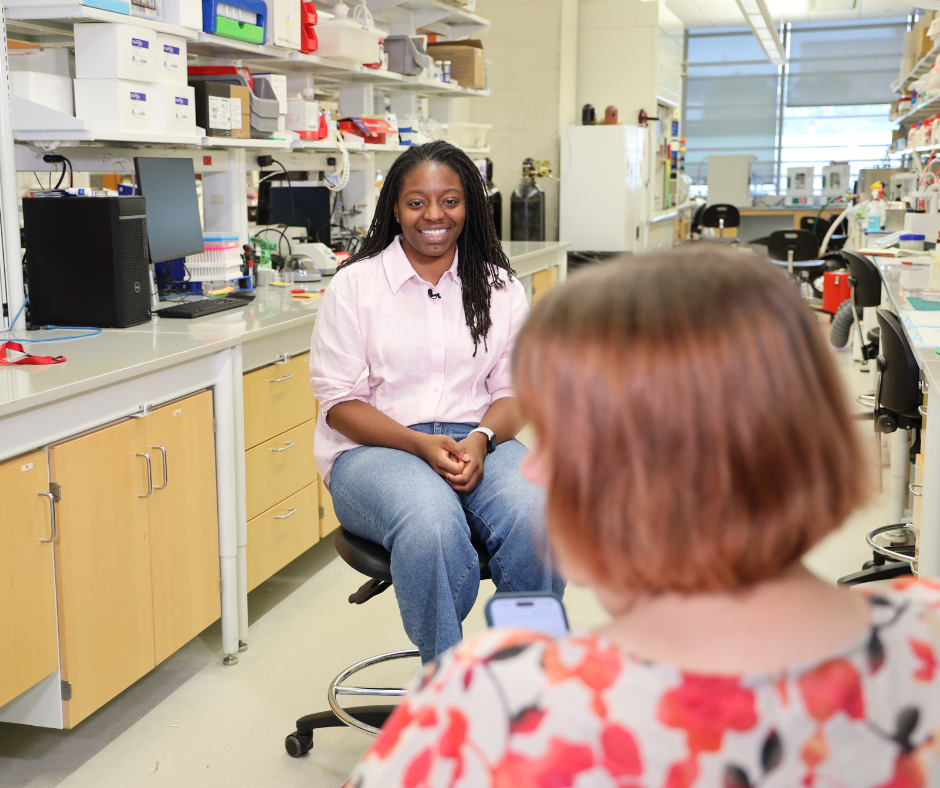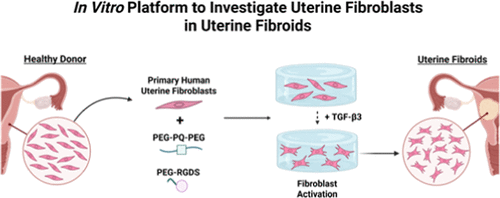Erika Moore Named to Science News 2025 “Scientists to Watch” List for Fibroid Research
Fischell Department of Bioengineering Assistant Professor Erika Moore is among a select group of early- to mid-career scientists featured in Science News’ 2025 Scientists to Watch series. Each year, Science News highlights rising researchers whose work is poised to shape the future of science. The annual list features five scientists selected from nominations by Nobel laureates and members of the National Academy of Sciences. Moore was recognized for her research on uterine fibroids, the most common gynecological tumors that affect a large proportion of women. Traditional lab models have struggled to mimic the structure and stiffness of fibroid tissue. To address this, Moore’s team developed a 3D bioengineered hydrogel model that more closely recreates the physical and biological features of fibroid tissue. This research, recently published in ACS Biomaterials Science & Engineering, could help scientists better understand fibroid growth and test new treatments. In the model, human uterine fibroblast cells are placed in a gel that includes peptide sequences from collagen and fibronectin, two key fibroid matrix proteins. The stiffness of the gel can be adjusted to match healthy uterine tissue or fibroid nodules. The team also treated the gel with transforming growth factor beta-3 (TGF-β3), a molecule linked to fibrosis in fibroid disease. The model showed that the fibroblasts responded to TGF-β3 in the same way they do in fibroid tumors, helping researchers measure cell behavior in a realistic environment. This gives scientists a tool to study how fibroids form and to screen possible therapies in a more accurate system. Moore worked alongside her graduate student, Allison Moses, who received an MPower Fellowship for her work in this research, bridging the gap between clinical observations and lab studies. “I personally have uterine fibroids, and I was very disheartened by the current medical advances in understanding and treating fibroids,” Moore says. “So many diseases that differently or only impact women do not receive enough attention, and so women suffer as a result of the systems of biomedical research failing them. I wanted to use my expertise in bioengineering to try to close the gap between what is experienced clinically and what is known.”
With this 3D fibroid model, Moore and her lab are now collaborating with clinicians to understand why fibroids form and how they might be treated using non-hormonal small molecules to slow their growth and to ultimately identify strategies that could someday lead to better, more personalized therapies for the millions of women affected by fibroids. “I think this work has injected a lot of excitement into our focus on patient-centered tissue engineering. We’re really excited about the new questions we can answer by considering who is impacted by different diseases.”
Related Articles: October 22, 2025 Prev Next |



